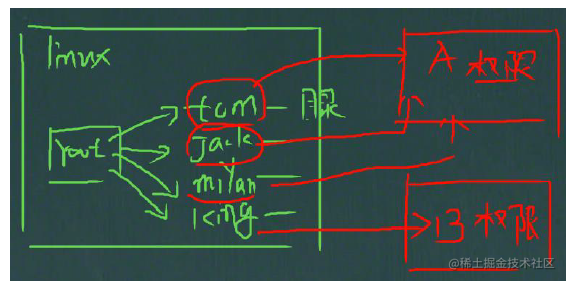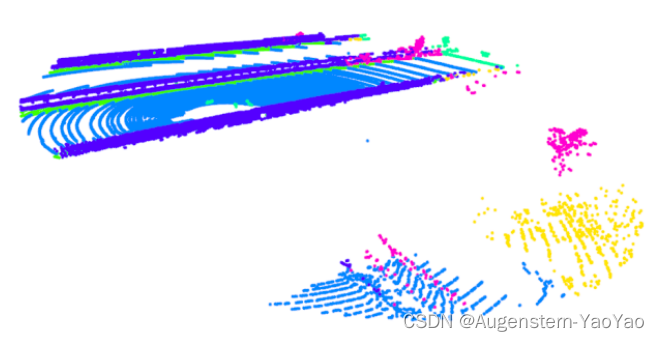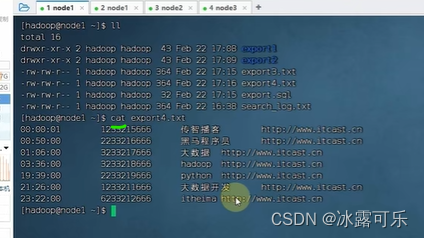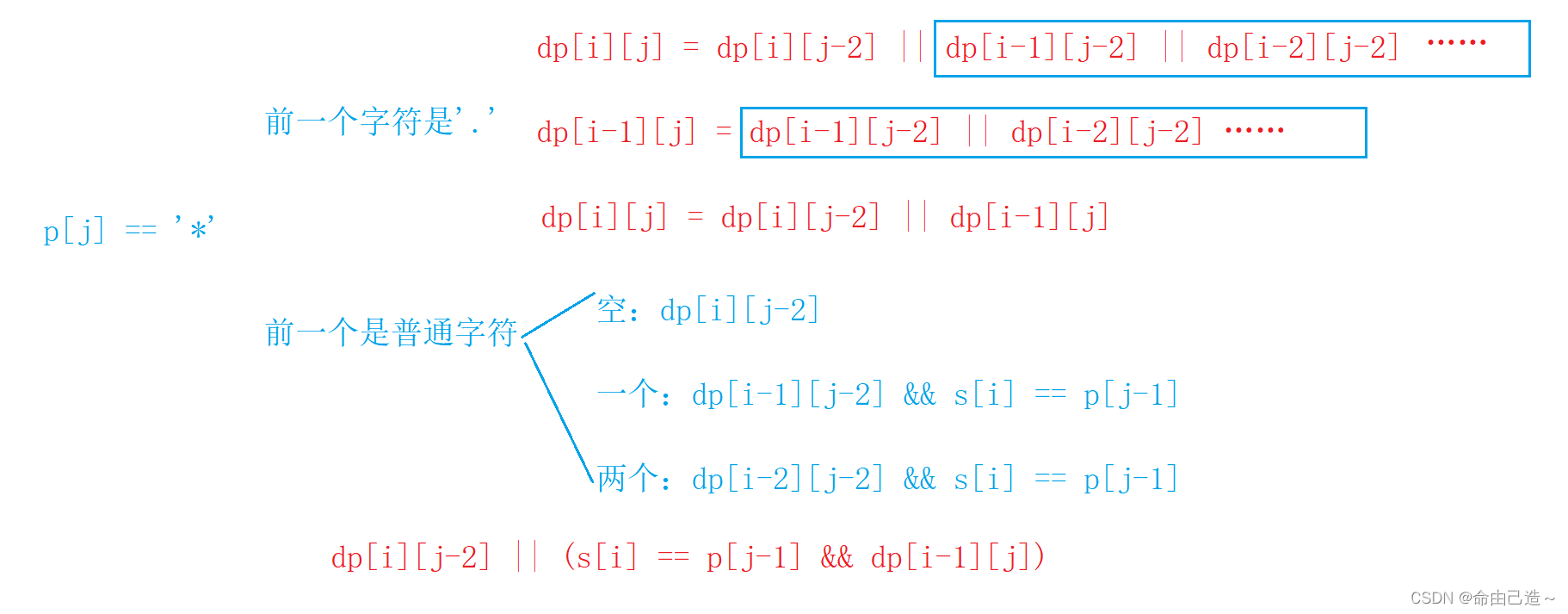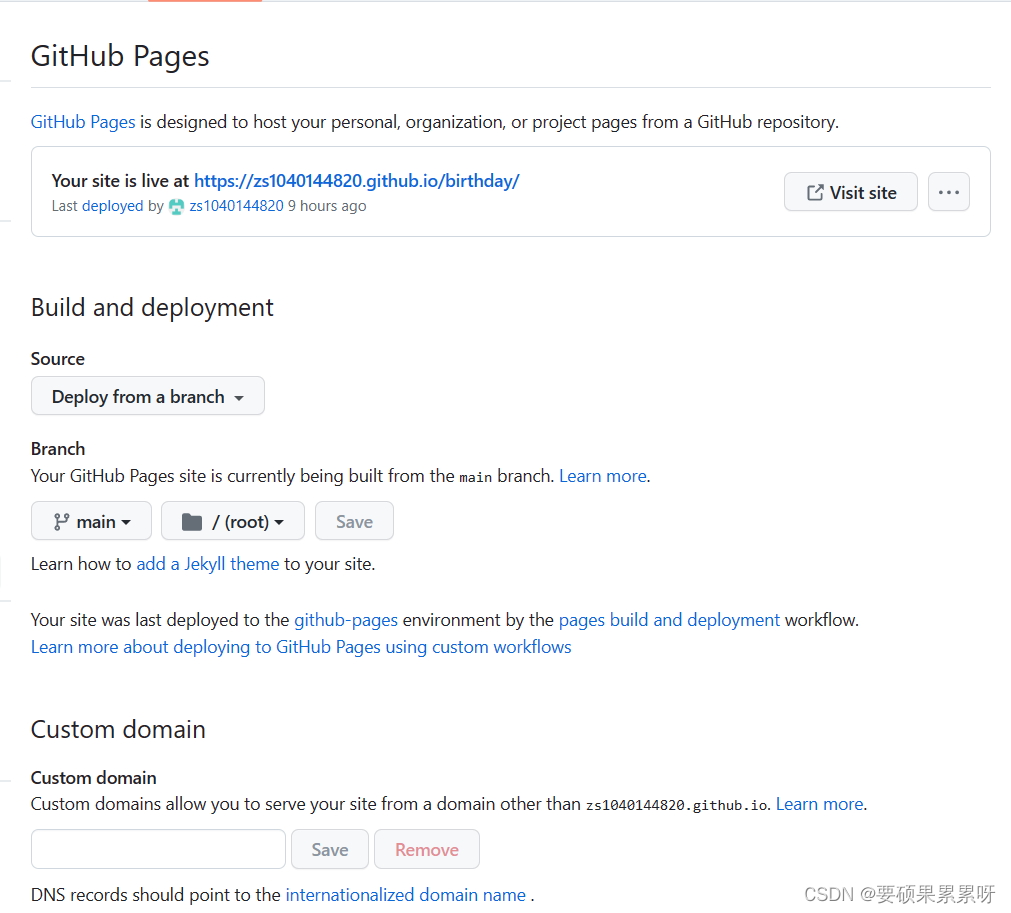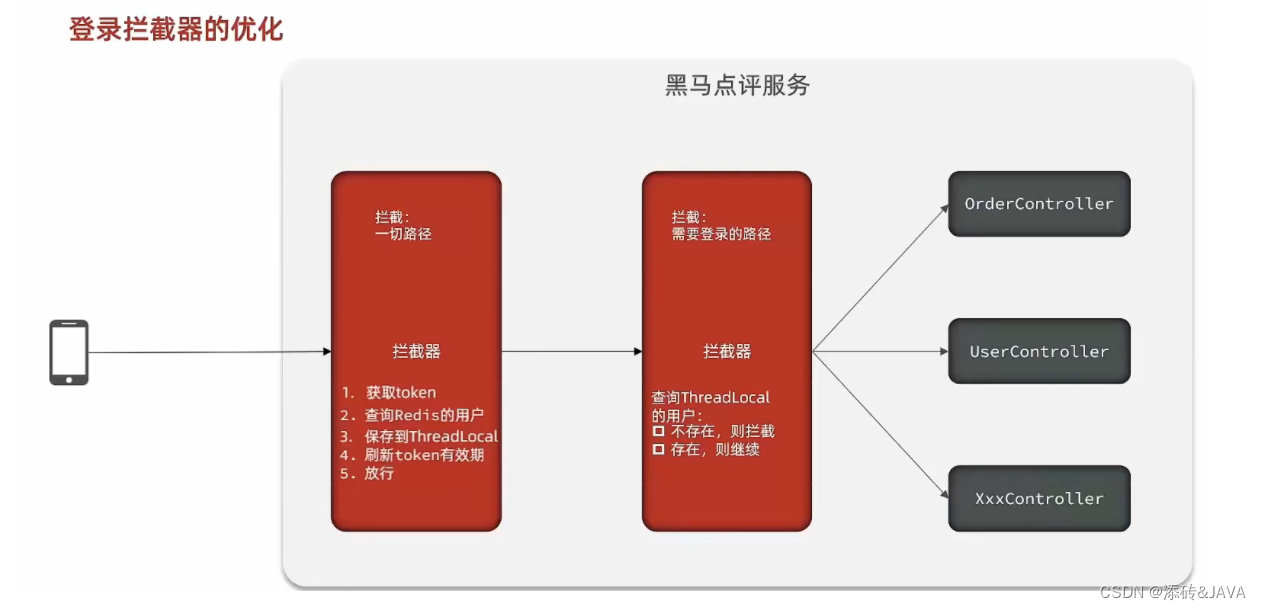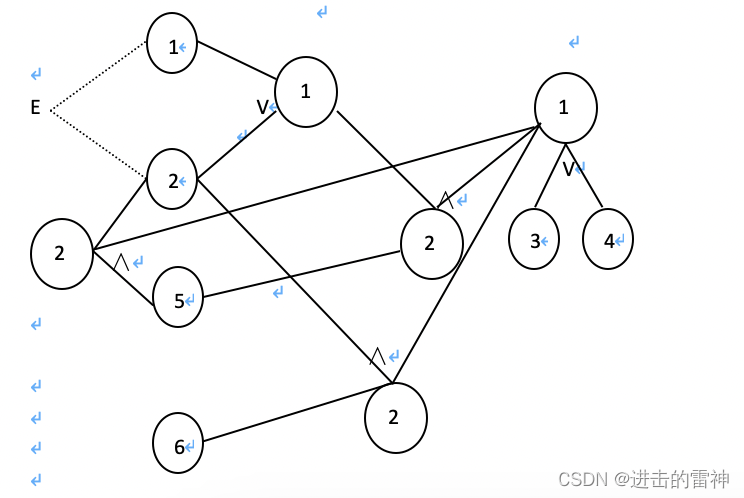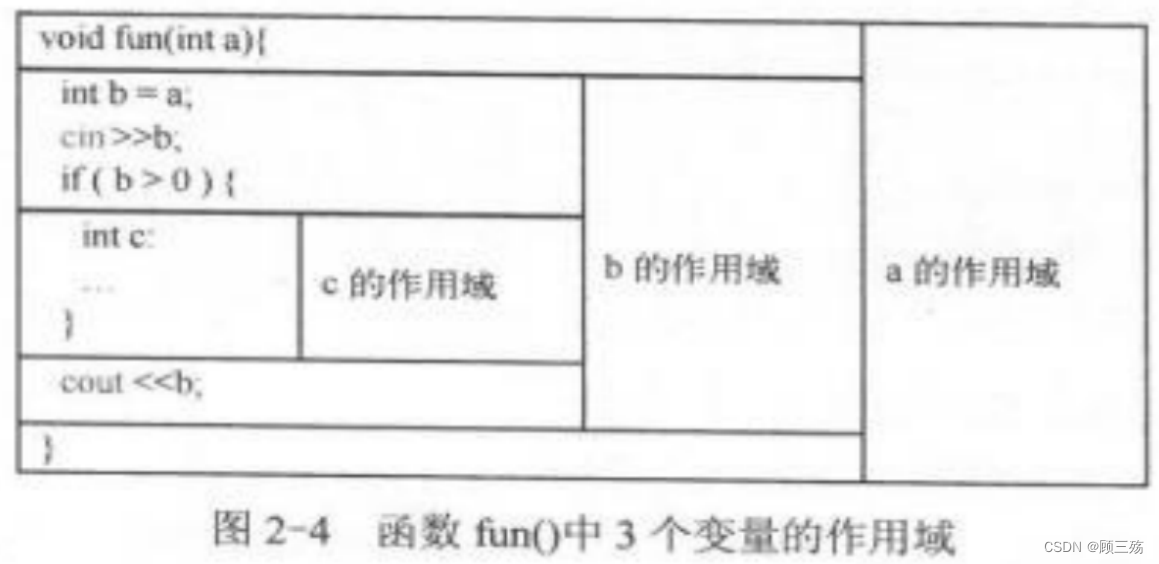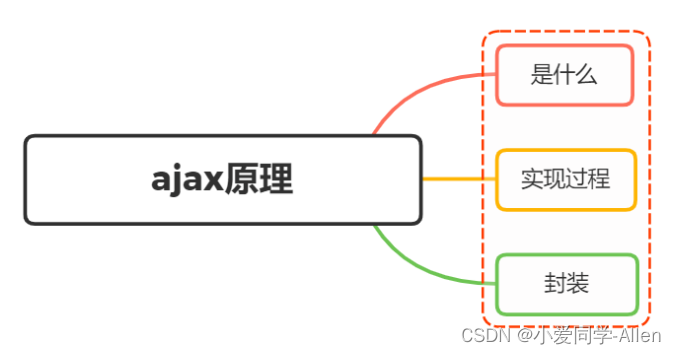
一、是什么
AJAX全称(Async Javascript and XML)
即异步的JavaScript 和XML,是一种创建交互式网页应用的网页开发技术,可以在不重新加载整个网页的情况下,与服务器交换数据,并且更新部分网页
Ajax的原理简单来说通过XmlHttpRequest对象来向服务器发异步请求,从服务器获得数据,然后用JavaScript来操作DOM而更新页面
流程图如下:
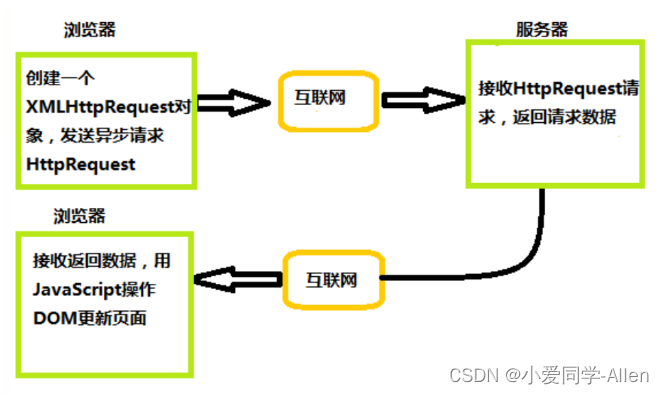
举个粟子:
领导想找小李汇报一下工作,就委托秘书去叫小李,自己就接着做其他事情,直到秘书告诉他小李已经到了,最后小李跟领导汇报工作
Ajax请求数据流程与“领导想找小李汇报一下工作”类似,上述秘书就相当于XMLHttpRequest对象,领导相当于浏览器,响应数据相当于小李
浏览器可以发送HTTP请求后,接着做其他事情,等收到XHR返回来的数据再进行操作
二、实现过程
实现 Ajax异步交互需要服务器逻辑进行配合,需要完成以下步骤:
- 创建 Ajax的核心对象 XMLHttpRequest对象
- 通过 XMLHttpRequest 对象的 open() 方法与服务端建立连接
- 构建请求所需的数据内容,并通过XMLHttpRequest 对象的 send() 方法发送给服务器端
- 通过 XMLHttpRequest 对象提供的 onreadystatechange 事件监听服务器端你的通信状态
- 接受并处理服务端向客户端响应的数据结果
- 将处理结果更新到 HTML页面中
创建XMLHttpRequest对象
通过XMLHttpRequest() 构造函数用于初始化一个 XMLHttpRequest 实例对象
const xhr = new XMLHttpRequest();
与服务器建立连接
通过 XMLHttpRequest 对象的 open() 方法与服务器建立连接
xhr.open(method, url, [async][, user][, password])
参数说明:
- method:表示当前的请求方式,常见的有GET、POST
- url:服务端地址
- async:布尔值,表示是否异步执行操作,默认为true
- user: 可选的用户名用于认证用途;默认为`null
- password: 可选的密码用于认证用途,默认为`null
给服务端发送数据
通过 XMLHttpRequest 对象的 send() 方法,将客户端页面的数据发送给服务端
xhr.send([body])
body: 在 XHR 请求中要发送的数据体,如果不传递数据则为 null
如果使用GET请求发送数据的时候,需要注意如下:
- 将请求数据添加到open()方法中的url地址中
- 发送请求数据中的send()方法中参数设置为null
绑定onreadystatechange事件
onreadystatechange 事件用于监听服务器端的通信状态,主要监听的属性为XMLHttpRequest.readyState ,
关于XMLHttpRequest.readyState属性有五个状态,如下图显示

只要 readyState属性值一变化,就会触发一次 readystatechange 事件
XMLHttpRequest.responseText属性用于接收服务器端的响应结果
举个粟子:
const request = new XMLHttpRequest()
request.onreadystatechange = function(e){
if(request.readyState === 4){ // 整个请求过程完毕
if(request.status >= 200 && request.status <= 300){
console.log(request.responseText) // 服务端返回的结果
}else if(request.status >=400){
console.log("错误信息:" + request.status)
}
}
}
request.open('POST','http://xxxx')
request.send()
三、封装
通过上面对XMLHttpRequest对象的了解,下面来封装一个简单的ajax请求
// 封装一个ajax请求
function ajax(options){
//创建XMLHttpRequest对象
const xhr = new XMLHttpRequest()
// 初始化参数的内容
options = options || {}
options.type = (options.type||"GET").toUpperCase()
options.dataType = options.dataType || 'application/json'
options.responseType = options.responseType || 'json'
const params = options.data
xhr.setRequestHeader('content-type',options.dataType)
xhr.responseType = options.responseType
// 发送请求
if(options.type==="GET"){
xhr.open("GET",options.url+"?"+params,true)
xhr.send(null)
}else{
xhr.open("POST",options.url,true)
xhr.send(params)
}
// 接受请求
xhr.onreadystatechange = function(){
if(xhr.redayState ===4){
let status = xhr.status
if(status>=200&&status<300){
options.success && options.success(xhr.responseText,xhr.responseXML)
}else{
options.fail && options.fail(status)
}
}
}
}
responseType格式
IE不用考虑了,停止维护了。
容易忽略:用了默认值,返回就是一个字符串,你需要JSON.parse()处理一下
xhr.responseType = ‘blob’ 设置这个的时候,你获取到的就是一个二进制字符串,当后端给你返回图片、文件时候你就得这么处理

使用方式如下
ajax({
type: 'post',
dataType: 'json',
responseType: 'json',
data: {},
url: 'https://xxx',
success: function(text,xml){ //请求成功后的回调函数
},
fail: function(status){ // 请求失败后的回调函数
}
})
